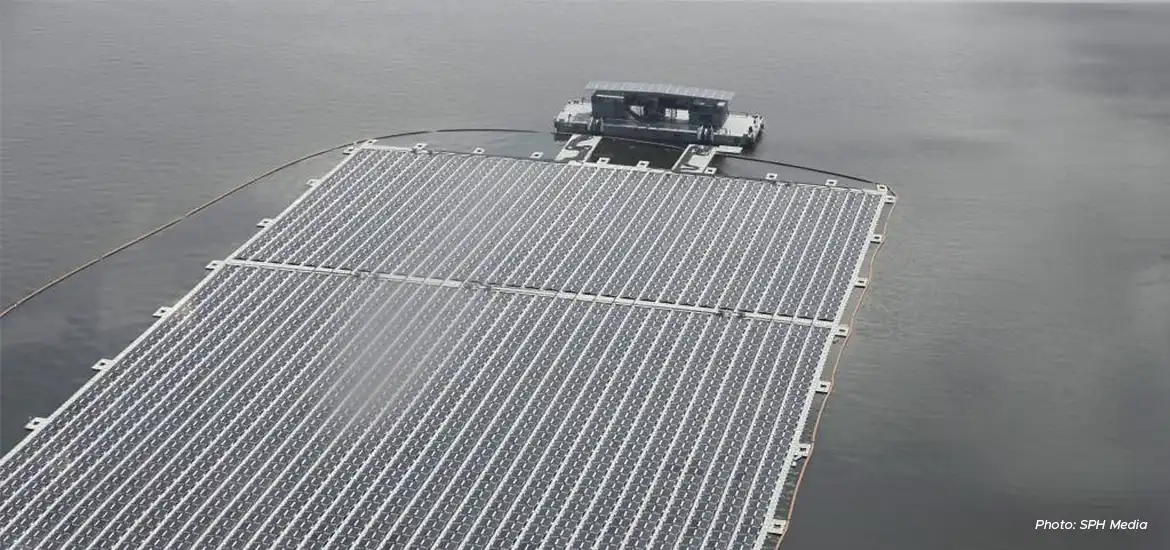Construction work for a new mega floating solar farm is expected to begin at Kranji Reservoir in 2025, now that an environmental study has found that the installation of solar panels is unlikely to have a major impact on the biodiversity there.
The project – which will be the country’s largest solar farm to date – will be a major boost to Singapore’s efforts to harness more renewable energy.
The solar farm is expected to be able to produce 141 megawatt-peak (MWp) of clean energy, or 112.5 MWp when converted to AC, which is the voltage used by the electricity grid and most of Singapore’s electrical appliances.
This will contribute around seven per cent of Singapore’s target of two gigawatt-peak (GWp) of solar capacity by 2030, according to the environmental assessment report. The 2 GWp target can generate enough energy to meet the annual electricity needs of around 350,000 households.
According to the Energy Market Authority (EMA), Singapore’s solar capacity is at around 1.2 GWp as at the first quarter of 2024.
The idea of the solar farm was first floated in 2018 by the Economic Development Board (EDB), which had launched a request for information then to explore the possibility of a 100 MWp floating solar panel system for private-sector use.
EDB said then that as companies turn to renewable energy to reduce their carbon footprint, the availability of renewable energy in Singapore is viewed as a favourable consideration for business investments and expansions.








